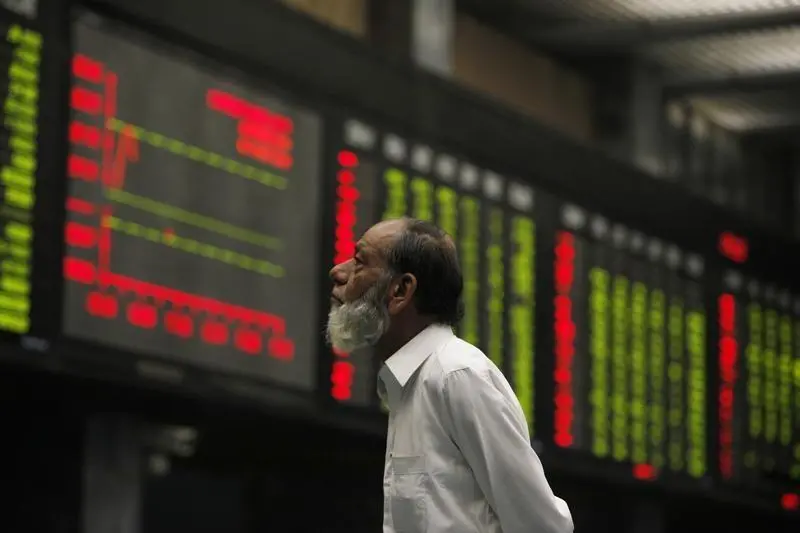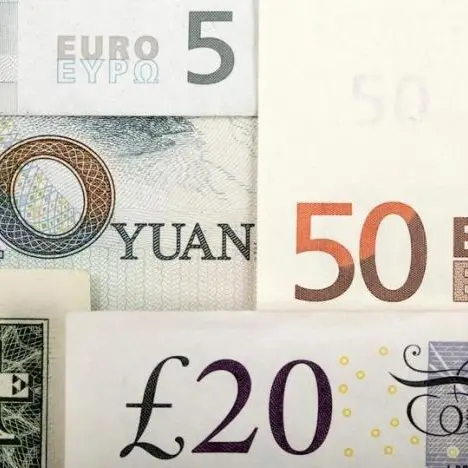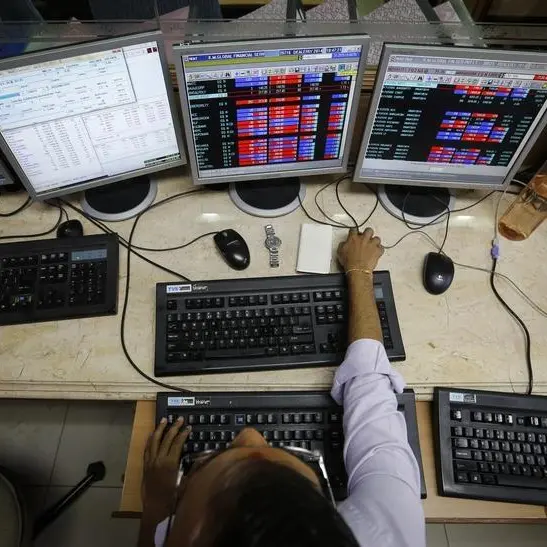PHOTO
The Karachi Stock Exchange KSE100 Index started the day positively before bearish sentiment took hold, with the index closing below 34,000 points.
“The market opened on a buoyant note before panic-prone investors started to jettison shares,” said Muhammad Faizan, an analyst at brokerage Next Capital Limited.
Faizan said this occurred due to concerns over tough conditions attached to the IMF bailout package, leading to heavy sell-offs in the market.
A lack of clarity around the precise actions needed to secure the IMF loan has “prompted speculation about further currency devaluations and interest rates increases,” Bloomberg reported.
According to Ahsan Mehanti, chief executive at Arif Habib Commodities, a capital market company, an “expected increase in taxes and utility prices, sharp fall in expected growth rate, projections for 6.5 to 7 percent fiscal deficit to GDP, and expected tightening in (State Bank of Pakistan) policy rates played a catalyst role in (the) bearish close” to shares.
With inflation climbing to over 8 percent, the rupee losing a third of its value over the past year, and foreign exchange reserves barely enough to cover two months of exports, Pakistan was forced to turn to the IMF for its 13th bailout package.
Pakistani authorities and the IMF on said on Sunday they had agreed a $6 billion package over the next three years to meet foreign debt obligations. But the loan is subject to IMF management approval and the timely implementation of the fund’s conditions.
Outlining critical steps Pakistan needed to take for fiscal strategy, the IMF said the upcoming budget, to be announced this month, would aim for a primary deficit of 0.6 percent of GDP supported by tax policy measures.
Economists said that the impact of the IMF bailout program and the promises made to secure the money by Pakistani authorities will be reflected in this month’s budget.
“The most prominent thing in the budget would be the imposition of around 700 billion rupees ($4.95 billion) in new taxes,” Hafeez Pasha, former finance minister, told Arab News on Monday.
“The major portion of taxes will be through the reduction of exemptions being given on many items including medicine, medical equipment and fertilizers,” he said, adding that the removal of the exemptions would have a huge impact on ordinary citizens.
The IMF has asked that Pakistan’s deficit be reduced to between 1 and 1.5 percent of GDP, which will mean a deficit of up to 750 billion rupees will need to be curtailed.
“The problem is that what we pay in debt servicing will have to continue as there is no space for reduction. The fiscal space is available in your defense and development budgets and the choice is yours,” Pasha said.
Some experts believe that the agreement will boost the confidence of investors and end the long-prevailing uncertainty from nine months of IMF negotiations. Others say the bearish sentiment on Pakistan Stock Exchange trading is here to stay.
“The movement of currency will now be based on demand and supply bases. At the month end when debt payment nears, we will see shocks in the currency market,” Muzzammil Aslam, a senior economist, told Arab News.
“As per the real effective exchange rate, the Pakistani rupee is close to its equilibrium, and there is only 2 to 3 percent room for further devaluation.”
The IMF forecasts Pakistan’s economic growth slowing to 2.9 percent this fiscal year from 5.2 percent in 2018, while the central bank has cut its estimate to between 3.5 and 4 percent.
Aslam underlined the need for a strong regulator in the market.
“If there arises any demand and supply issue and the central bank is not allowed to intervene, then the market can do anything,” he said.
Copyright: Arab News © 2019 All rights reserved. Provided by SyndiGate Media Inc. (Syndigate.info).












